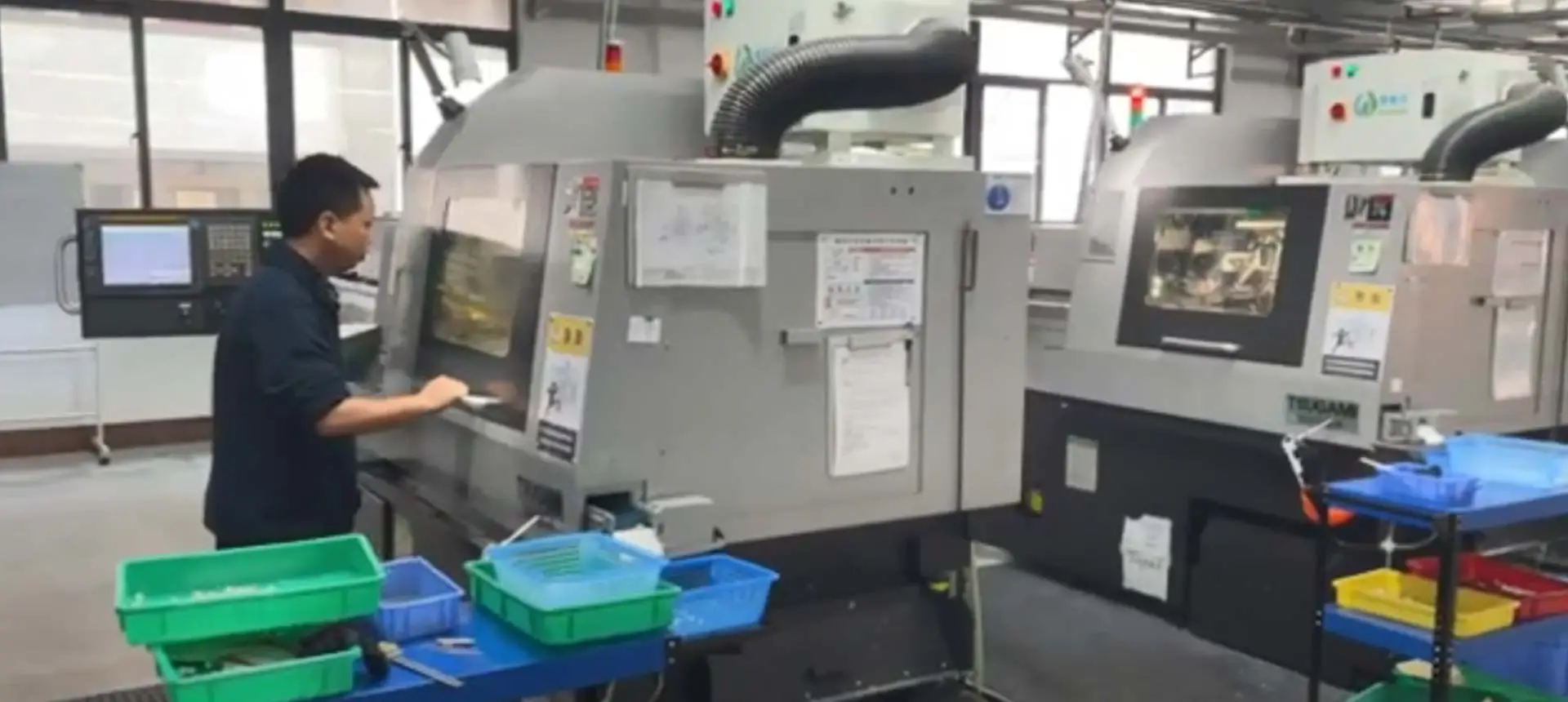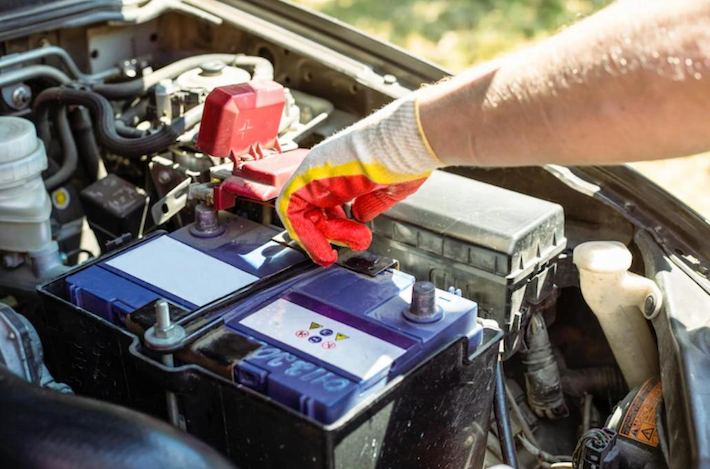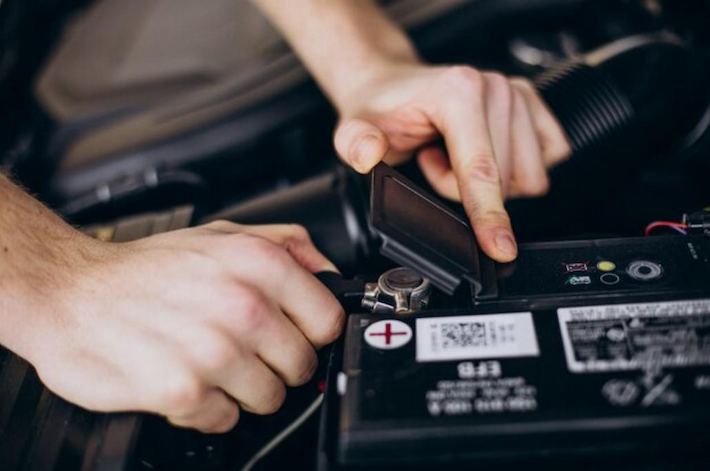
Protección:Las cubiertas de la batería están diseñadas para proteger la batería de elementos externos como el polvo, la suciedad, la humedad y los desechos de la carretera. Protegen la batería de daños físicos y evitan que los contaminantes entren en el compartimento de la batería. Esta protección es crucial para mantener la integridad de la batería y prevenir posibles fallas o cortocircuitos.
Gestión térmica:Las baterías generan calor durante el funcionamiento, especialmente durante los ciclos de carga y descarga. Las cubiertas de baterías automotrices a menudo tienen características integradas de aislamiento y ventilación para administrar la temperatura de la batería. Ayudan a disipar el calor y a mantener las condiciones óptimas de funcionamiento de la batería, mejorando su rendimiento y extendiendo su vida útil.
Seguridad: Cubiertas de metal de bateríaDesempeñar un papel importante en garantizar la seguridad tanto del vehículo como de sus ocupantes. Ayudan a contener cualquier fuga potencial de ácido o derrames de la batería, evitando que entren en contacto con otros componentes o causen daños. Las cubiertas de las baterías del coche también actúan como una barrera entre los terminales de la batería y cualquier material conductor, reduciendo el riesgo de cortocircuitos eléctricos o contacto accidental.
Reducción de ruido:En vehículos eléctricos (EV) y vehículos híbridos, las cubiertas de baterías pueden contribuir a reducir los niveles de ruido. Actúan como barreras de sonido, minimizando la transmisión de ruido y vibraciones generadas por la batería, mejorando así la experiencia de conducción general para los pasajeros.
Estética e Integración:Las cubiertas de las baterías están diseñadas para integrarse perfectamente con el diseño y la estética generales del vehículo. Estos tapones de baterías de automóviles proporcionan una apariencia ordenada y terminada al compartimiento de la batería, lo que contribuye al atractivo visual general del vehículo.
Material | Hierro, acero inoxidable, latón, cobre, acero galvanizado, titanio, aluminio, etc. |
Tratamiento superficial | Zinc/níquel/Estaño/Ag-chapado/Au-chapado, etc. |
Tipo | Piezas no estándar de alta precisión (Precisión del OEMServicio) |
Proceso | Estampado/punzonado/prensado, mecanizado CNC/torneado/fresado, dibujo profundo y otros procesos. |
Certificado | IATF16949 2016; I SO9001 2015; ISO14001:2015; RoHS & REACH, etc. |
Uso | Termostato de automoción/coche, interruptor, calefacción eléctrica, aeroespacial, nueva energía, etc. |
Al elegir la cubierta correcta de la batería automotriz, hay varios factores a considerar. Estos factores pueden ayudar a garantizar que la tapa de la batería sea compatible con las especificaciones de su vehículo y proporcione la protección y la funcionalidad necesarias. Aquí hay algunos factores clave a considerar:
Marca y modelo del vehículo
Material y construcción de cubiertas de la batería
Las características de ventilación y gestión térmica de la cubierta de la batería
El nivel de protección y las características de seguridad proporcionadas por la cubierta de la batería
Asegúrese de que la tapa de la batería sea fácil de instalar y quitar
Reputación y garantía del fabricante
Presupuesto
Revelación de precisión: el arte de quitar con seguridad las tapas de las baterías del automóvil con precisión HHC
En el ámbito de los componentes de hardware de precisión, HHC Precision toma la delantera, atendiendo a la automoción de gama media a alta, nuevos sistemas de baterías de energía, dispositivos médicos, aeroespacial, sistemas de control de temperatura, interruptores, electrodomésticos, y tubos de calefacción eléctrica. Como líderProveedor de componentes automotrices de precisión, HHC Precision se dedica a garantizar la más alta calidad y rendimiento en cada producto. Hoy en día, iluminamos el proceso de eliminar de manera segura las tapas de las baterías del automóvil, asegurando un rendimiento óptimo y longevidad.

En HHC Precision, la seguridad es primordial. Antes de intentar quitar las tapas de las baterías del automóvil, asegúrese de que el vehículo esté apagado y de que el equipo de seguridad esté desgastado. Nuestros componentes de precisión están diseñados teniendo en cuenta la seguridad, lo que le proporciona la confianza para realizar tareas de mantenimiento de forma segura.
Las diferentes baterías de automóviles pueden tener diferentes métodos de eliminación de tapas. Los componentes de HHC Precision están diseñados para diversas aplicaciones, por lo que es crucial identificar su tipo de batería. Ya sea en sistemas de baterías de energía nuevos o automotrices de gama media a alta, nuestros componentes garantizan la compatibilidad con varios diseños de baterías.

La precisión exige las herramientas adecuadas. HHCFábrica de piezas de precisiónRecomienda usar las herramientas adecuadas, como una llave o alicates, para aflojar y quitar las tapas de las baterías de forma segura. Nuestro compromiso con la precisión se extiende a las herramientas que utiliza, asegurando una integración perfecta para un proceso de eliminación eficiente.
La corrosión es un desafío común en aplicaciones automotrices. Los componentes de HHC Precision están diseñados para mayor durabilidad, pero la inspección regular es esencial. Antes de quitar los tapones de la batería, inspeccione la corrosión y aborde con soluciones adecuadas como el reemplazo de la tapa de la batería del coche, asegurando la longevidad de su batería y de nuestros componentes de precisión.
HHC Precision enfatiza el cumplimiento de las pautas del fabricante. Diferentes vehículos y baterías pueden tener recomendaciones específicas para la Eliminación de la tapa. Nuestros componentes de precisión aLign con los estándares de la industria, lo que le permite seguir las pautas para un rendimiento y una confiabilidad óptimos.
Durante el proceso de eliminación de la tapa, se pueden liberar gases. Los componentes de precisión HHC, diseñados para la seguridad en diversas aplicaciones, garantizan una ventilación adecuada. Al quitar los tapones de las baterías del automóvil, realice la tarea en un área bien ventilada para minimizar la exposición a los gases liberados.
En conclusión, el compromiso de HHC Precision con la precisión se extiende a todas las facetas de su experiencia automotriz. Quitar con seguridad las tapas de las baterías del coche es una tarea matizada, y con nuestros componentes de hardware de precisión, usted puede tener confianza en lograrlo de manera eficiente y segura. Elija HHC Precision para un viaje en el que la seguridad, la precisión y el rendimiento óptimo convergen sin problemas.


